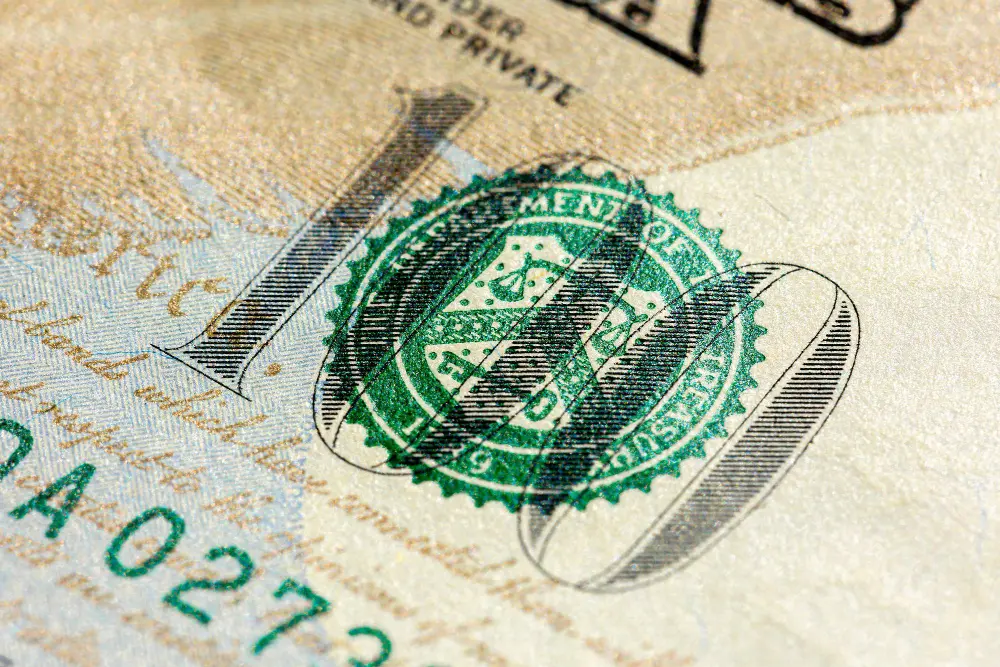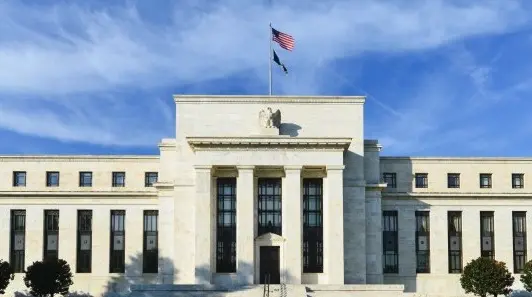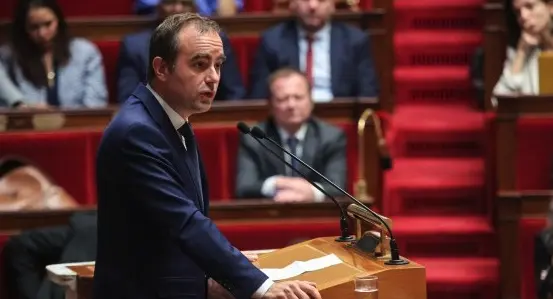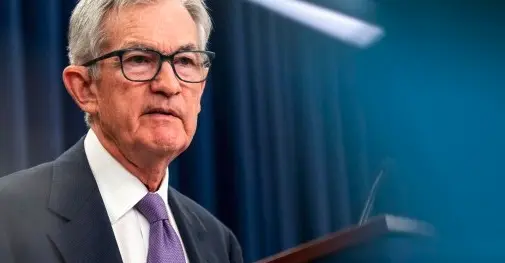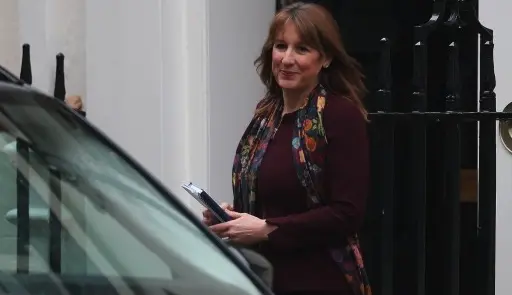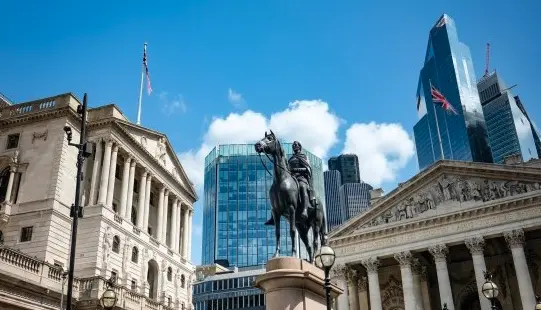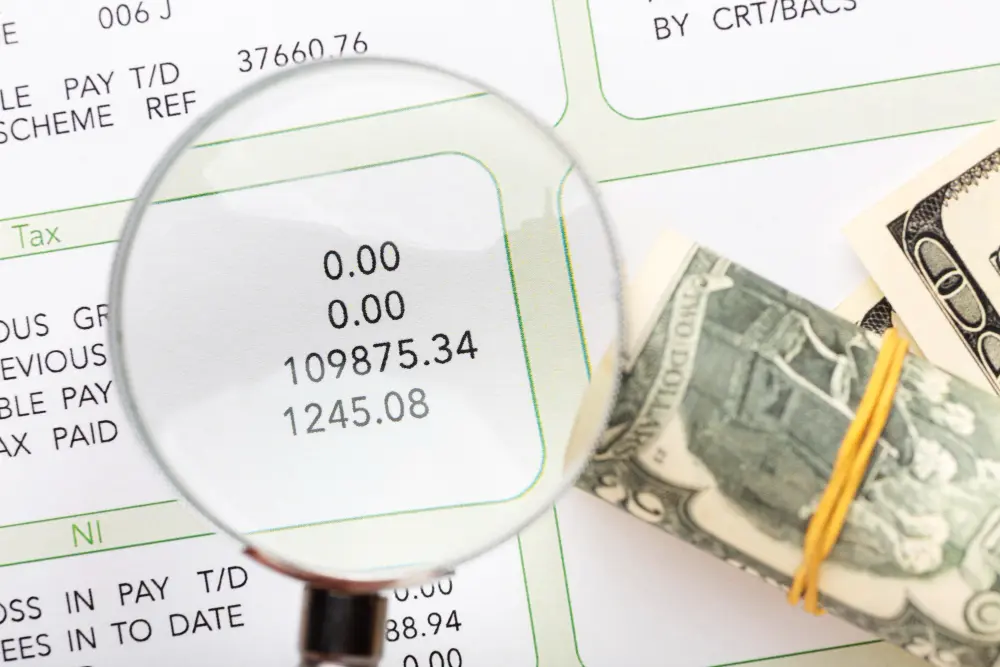Investors have, generally, adopted a risk-off approach in the days leading up to the announcement, although gains across all three benchmarks on Wednesday afternoon pointed to the pessimistic tone being overdone, according to Phil Pecsok, founder and chief investment officer of Anacapa Advisors. "We made the call about a week ago that Wednesday morning was going to be the lows, and it is looking like we are going to be right," he said, adding he felt like the tariff news had already been priced in and the market was oversold. The S&P 500 rose 0.67% to 5,670.97, while the Nasdaq Composite gained 0.87% to 17,601.05. The Dow Jones Industrial Average ended 0.56% up at 42,225.32.
Treasury yields reversed declines to rise after economic data on the labor market and manufacturing, as investor focus turned to anticipated tariff announcements from the Trump administration. "They could be becoming a little bit overbought for the time being," said Robert Tipp, chief Investment Strategist and head of global bonds at PGIM Fixed Income in Newark, New Jersey. "Do I think this rally is over? If past is prologue, I'm not supposed to be surprised to see this rally go to 3.8% or even 3.6% because we're going to see possibly higher tariffs put on here and then some protracted chaotic period of negotiations." Benchmark 10- year notes fell 7/32 to yield 4.1821%. The 2 -year notes dipped 3/32, yielding 3.9078%. 30-year bonds were down 8/32, yielding 4.5306%.
The dollar fell against major currencies such as the euro, and sterling, while the safe-haven yen tumbled, as traders awaited details of U.S. President Donald Trump's plans for tariffs, which could reshape the global trading system. "Dollar movements have remained relatively subdued leading up to Liberation Day, as the market reacts cautiously, awaiting clearer trade policies and the potential Federal Reserve response," said Uto Shinohara, senior investment strategist, Mesirow Currency Management in Chicago. "While the announcement may resolve some uncertainty, numerous moving parts keep the outlook uncertain – ranging from the potential responses of other nations, to (Treasury Secretary Scott) Bessent's claim that the announced tariffs represent a peak starting point for negotiations, with sector-specific tariffs still to come." The dollar index inched 0.40% lower to 103.85. The U.S. dollar fell 0.27% against the Japanese yen to 150.01 yen. The euro rose 0.51% to $1.0848, while sterling climbed 0.47% to $1.2980.
Oil prices edged higher as market participants braced for U.S. reciprocal tariffs due to be announced on Wednesday that will likely increase investor uncertainty and the risk of a global trade war. Brent futures rose 0.75% to $75.05 a barrel. U.S. West Texas Intermediate crude futures gained 0.9% to $71.84 per barrel. "The report was bearish in my view, with larger crude inventories and total petroleum inventories rising," UBS analyst Giovanni Staunovo said. "But the market took it as neutral, as the crude build is driven by a sharp increase in Canadian crude imports, likely ahead of the fear of the introduction of new tariffs."
Gold prices rose towards their record high, supported by safe-haven demand as markets braced for U.S. President Donald Trump's latest tariff plans later in the day. "Risks remain that tariffs could stoke inflation, which has buoyed gold prices. While a U.S. recession is not our base-case scenario, the risk of such has helped maintain strong interest in gold as a safe haven," said Standard Chartered analyst Suki Cooper. Spot gold was up 0.43% at $3,123.87 an ounce. U.S. gold futures rose 0.59% to $3,164.50 per ounce.
